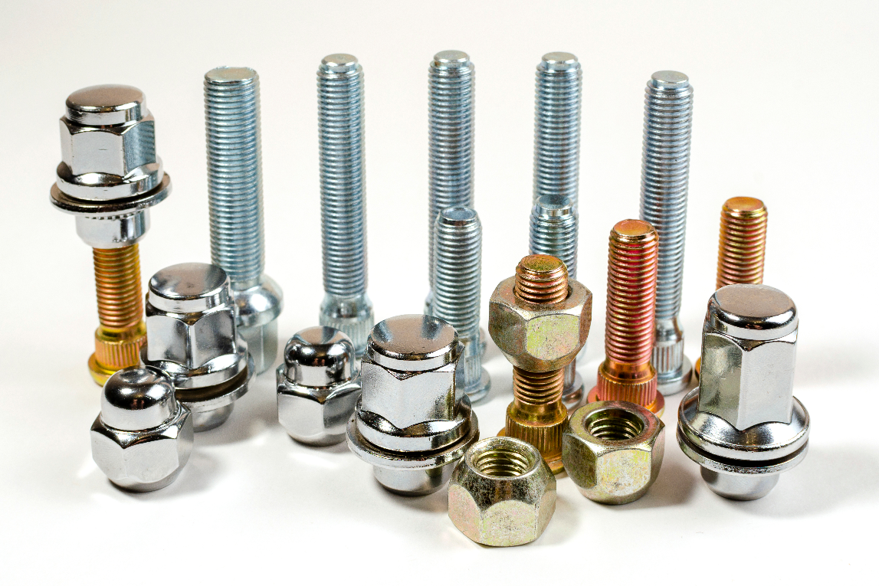Mean Time Between Unscheduled Removal (MTBUR) and Mean Time Between Distortions (MTBD) vs. Mean Time Between Failure (MTBF)
DSIAC was asked to provide some assessment on the general acceptance of using MTBUR and MTBD instead of MTBF, using “defect” instead of “failures.” DSIAC reached out to a reliability subject matter expert, who gave…






